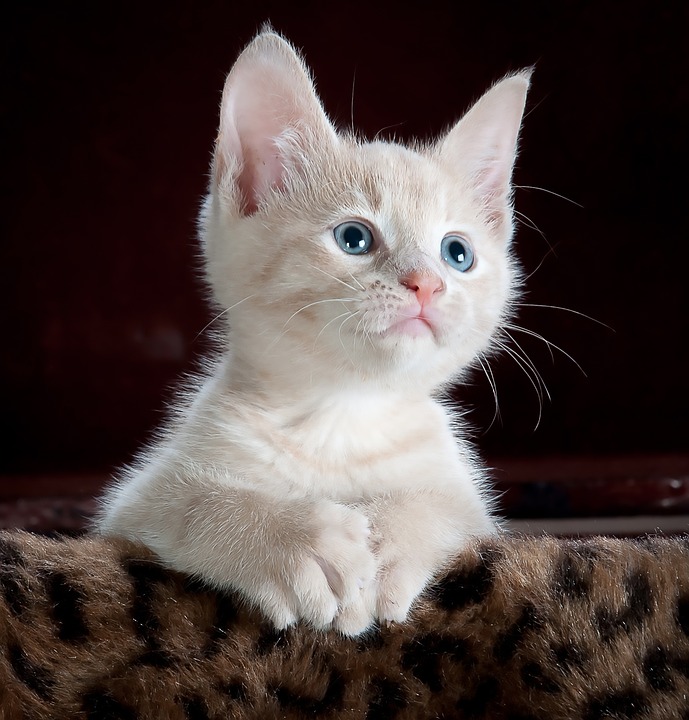*by [Your Name]*
Introduction:
Grooming is an essential part of a cat’s daily routine, helping to keep their coat clean and healthy. However, some cats may exhibit excessive vocalization during grooming sessions, which can be unsettling for both the cat and its owner. In this article, we will delve into the reasons behind this behavior and provide valuable tips on how to address excessive vocalization during grooming. Additionally, we have compiled a list of frequently asked questions (FAQs) to address common concerns related to this issue.
Understanding Excessive Vocalization During Grooming
1. Why do cats vocalize during grooming?
– Exploring the instinctual nature of vocalization
– Linking vocalization to stress or discomfort
– Recognizing potential health issues
2. How can excessive vocalization be identified during grooming?
– Recognizing different types of vocalizations (meowing, growling, hissing, etc.)
– Observing changes in body language and behavior
3. Common causes of excessive vocalization during grooming
– Sensitivity to touch or grooming tools
– Fear or anxiety related to past negative experiences
– Pain or discomfort due to underlying health conditions
– Inappropriate handling techniques
Addressing Excessive Vocalization During Grooming
1. Creating a stress-free grooming environment
– Providing a calm and quiet space
– Using positive reinforcement techniques
– Gradual desensitization to grooming tools
2. Choosing the right grooming tools and techniques
– Opting for gentle and cat-friendly grooming tools
– Using slow and gentle strokes during grooming
– Exploring alternative grooming methods (lickable grooming products, professional grooming services)
3. Addressing underlying health issues
– Regular veterinary check-ups to rule out medical conditions
– Treating any identified health issues promptly
– Adjusting grooming routines based on veterinary recommendations
4. Seeking professional help
– Consulting a professional cat behaviorist
– Enrolling in behavioral training programs
Frequently Asked Questions (FAQs)
1. Is excessive vocalization during grooming a cause for concern?
– Understanding when vocalization is within normal limits
– Identifying signs of distress or discomfort
2. Should I continue grooming my cat if it excessively vocalizes?
– Assessing the severity of vocalization and related behavior
– Adjusting grooming sessions based on your cat’s comfort level
3. Can excessive vocalization during grooming be trained out of a cat?
– The potential effectiveness of behavior modification techniques
– The importance of positive reinforcement and patience
4. When should I seek professional help for excessive vocalization during grooming?
– Recognizing when the issue requires expert intervention
– Identifying potential underlying causes that may need medical attention
Conclusion:
Excessive vocalization during grooming can be a source of concern for cat owners, but understanding the reasons behind this behavior and implementing appropriate strategies can help address and manage the issue effectively. By creating a stress-free grooming environment, using gentle techniques, considering potential health issues, and seeking professional help when necessary, you can help your cat feel more comfortable during grooming sessions and foster a stronger bond between you and your feline companion.








